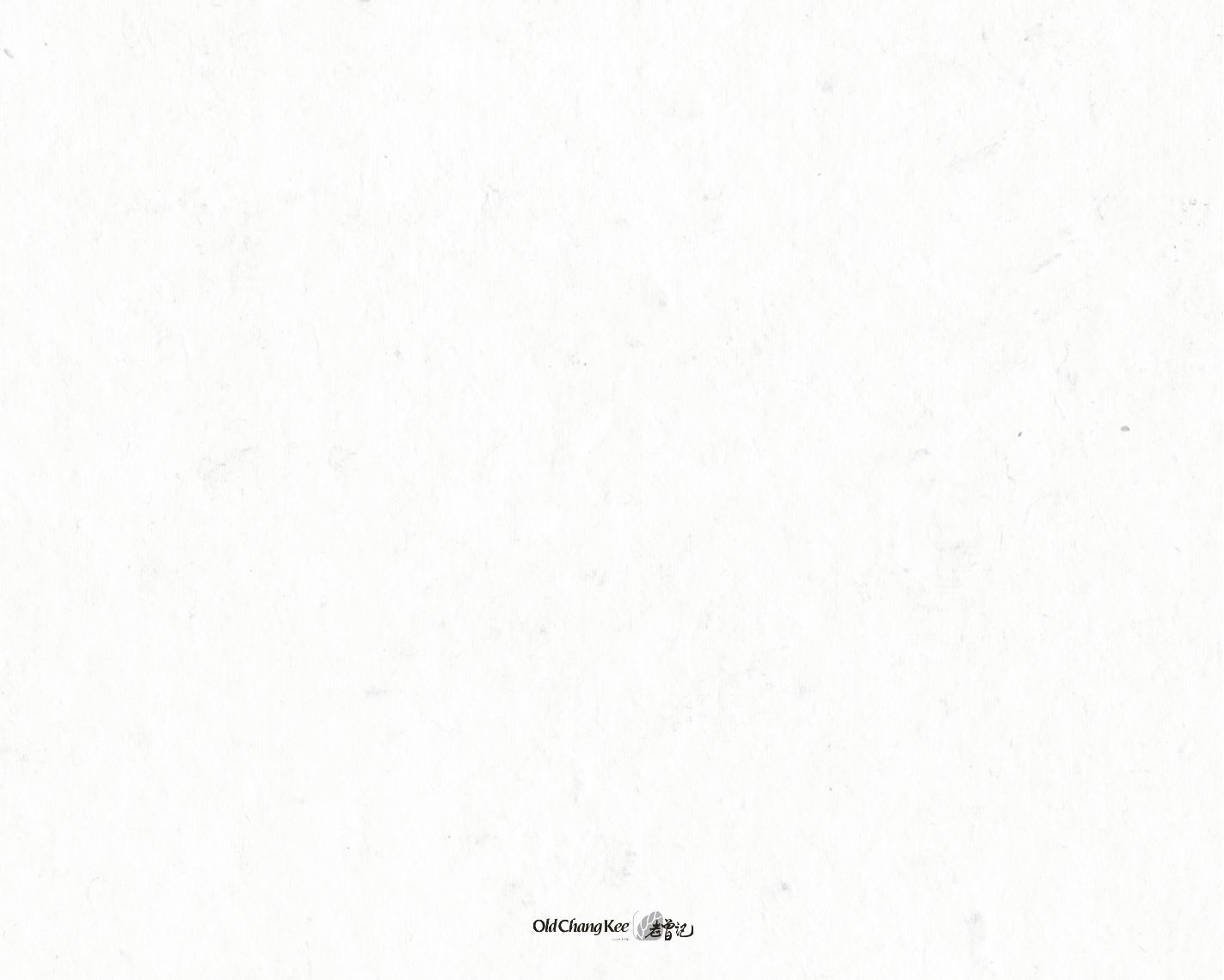
A N N U A L R E P O R T 2 0 1 6
60
INDEPENDENT AUDITOR¡¯S
REPORT
For the Financial Year Ended 31 March 2016
Report on the Financial Statements
We have audited the accompanying financial statements of Old Chang Kee Ltd. (the
¡°Company¡±
) and its subsidiaries (collectively, the
¡°Group¡±
), set
out on pages 62 to135 which comprise the balance sheets of the Group and the Company as at 31 March 2016, the statements of changes in equity
of the Group and the Company and the consolidated statement of comprehensive income and consolidated cash flow statement of the Group for
the year then ended, and a summary of significant accounting policies and other explanatory information.
Management¡¯s Responsibility for the Financial Statements
Management is responsible for the preparation of financial statements that give a true and fair view in accordance with the provisions of the
Singapore Companies Act, Chapter 50 (the
¡°Act¡±
) and Singapore Financial Reporting Standards, and for devising and maintaining a system
of internal accounting controls sufficient to provide a reasonable assurance that assets are safeguarded against loss from unauthorised use or
disposition; and transactions are properly authorised and that they are recorded as necessary to permit the preparation of true and fair financial
statements and to maintain accountability of assets.
Auditor¡¯s Responsibility
Our responsibility is to express an opinion on these financial statements based on our audit. We conducted our audit in accordance with Singapore
Standards on Auditing. Those standards require that we comply with ethical requirements and plan and perform the audit to obtain reasonable
assurance about whether the financial statements are free from material misstatement.
An audit involves performing procedures to obtain audit evidence about the amounts and disclosures in the financial statements. The procedures
selected depend on the auditor¡¯s judgment, including the assessment of the risks of material misstatement of the financial statements, whether
due to fraud or error. In making those risk assessments, the auditor considers internal control relevant to the entity¡¯s preparation of the financial
statements that give a true and fair view in order to design audit procedures that are appropriate in the circumstances, but not for the purpose
of expressing an opinion on the effectiveness of the entity¡¯s internal control. An audit also includes evaluating the appropriateness of accounting
policies used and the reasonableness of accounting estimates made by management, as well as evaluating the overall presentation of the financial
statements.
We believe that the audit evidence we have obtained is sufficient and appropriate to provide a basis for our audit opinion.


